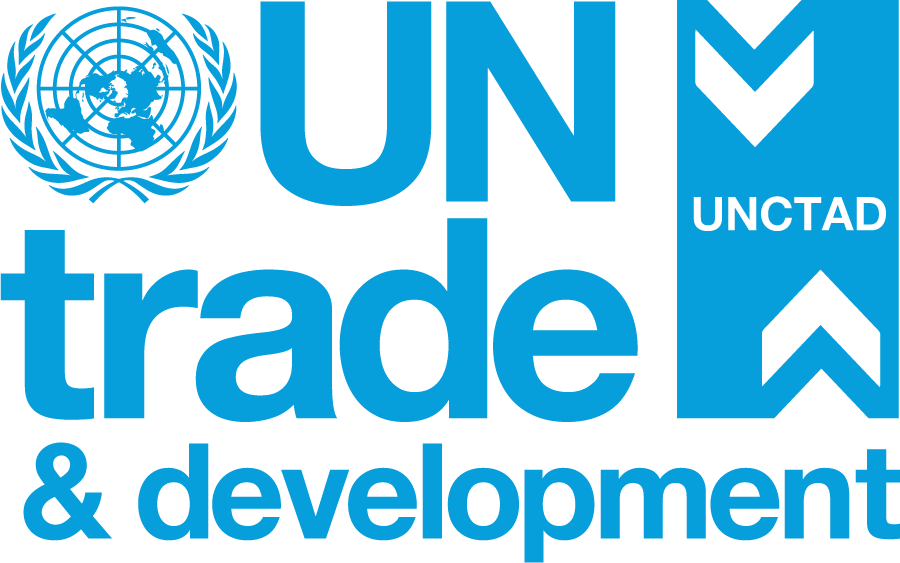ASYCUDA Advisory Board Meeting
Distinguished delegates,
Dear experts,
Dear colleagues,
I warmly welcome you to the second session of the UNCTAD ASYCUDA Advisory Board meeting.
I had the pleasure to witness the relevance of the ASYCUDA programme at UNCTAD15 in Barbados, when I had just joined the organization. Today, I am pleased to chair the Board meeting.
This meeting is important as it helps ensure that the ASYCUDA programme can deliver its full potential and also adapt to new requirements and circumstances.
For more than 30 years, ASYCUDA has been UNCTAD’s largest technical assistance programme. Every year since its creation, it has accounted for half of our technical cooperation activities. Today, ASYCUDA is implemented in more than 100 countries and territories.
ASYCUDA has proven to be a great asset for trade facilitation through using cutting-edge ICT systems, promoting good practices, and increasing the use of international as well as regional norms and standards. It also supports developing countries in implementing international agreements, such as the WTO Trade Facilitation Agreement.
But in the last decade, ASYCUDA has grown to be more than a programme for modernizing customs automation: It is now also an actor for sustainable development and for achieving the 2030 Agenda.
Today, the work of ASYCUDA encompasses economic and social objectives:
- Economic, because the implementation of ASYCUDAWorld and the associated single window systems have boosted customs revenue collection, and thus funding for development. For instance, in Bangladesh custom revenues increased 50% between the implementation of the system in 2017 and 2021.
- Social, because of the ownership of the system and the data. Thanks to capacity building of stakeholders, whether from the public or private sector, the programme has boosted national ownership. In 2021, ASYCUDA held more than 300 training sessions, benefiting over 3,000 customs officers, civil servants, IT specialists, economic operators and SMEs. For example, in Djibouti, the programme raised the capacities of almost 400 women and men.
And the objectives of ASYCUDAs are continuously evolving in line with our evolving world.
For instance, the programme also delivers on humanitarian objectives: It cooperated with OCHA in developing ASYREC - an automated solution for the coordinated and expedited clearance of relief consignments. ASYREC will be piloted in Vanuatu in 2023.
And ASYCUDA is adapting to climate imperatives. To combat the climate crisis, we must decouple prosperity from CO2 emissions.
Through its automated processes, ASYCUDA reduces paperwork and the carbon footprint of trade. For example, in Timor Leste, printed paper was reduced by 85% in 2021.
Also, a new module for the control and monitoring of ozone depleting substances was developed and launched in Timor Leste and Vanuatu.
Furthermore, ASYCUDA has been collaborating with CITES for developing an IT system named eCITES - a solution that manages and grants permits for the international trade of endangered species of fauna and flora. In 2020, Sri Lanka successfully piloted this solution.
We are on the right track.
Ladies and gentlemen,
ASYCUDA’s contribution and evolution have been possible thanks to the cooperation with more than 50 donors, regional groups, trade agencies and international organizations.
I would like to express my deep appreciation to all stakeholders:
- The members of the Advisory Board, for your insights and leadership;
- Our partners and donor organizations, including CARICOM, CITES [Convention on International Trade in Endangered Species of Wild Fauna and Flora], COMESA, ECOWAS, ESCAP, EU, IATA, GiZ, ITC, OCHA, Trade Mark East Africa, UPU, WCO, the World Bank, WTO, for their trust; and
- All our bilateral partners and donors.
As we move forward, we need to continue enhancing the value that ASYCUDA provides to member States and partners. We can best do so by:
- Implementing the programme’s long-term strategic plan;
- Identifying new technological solutions that respond to the challenges and needs of beneficiary countries to participate in international trade;
- Engaging in partnerships for developing new systems based on the latest cloud computing and cutting-edge technology; and
- Deploying the programme’s existing solutions, such as the single window, ASYREC and eCITES.
In this meeting, we seek your advice and guidance on all these aspects.
I am now looking forward to our discussions.


